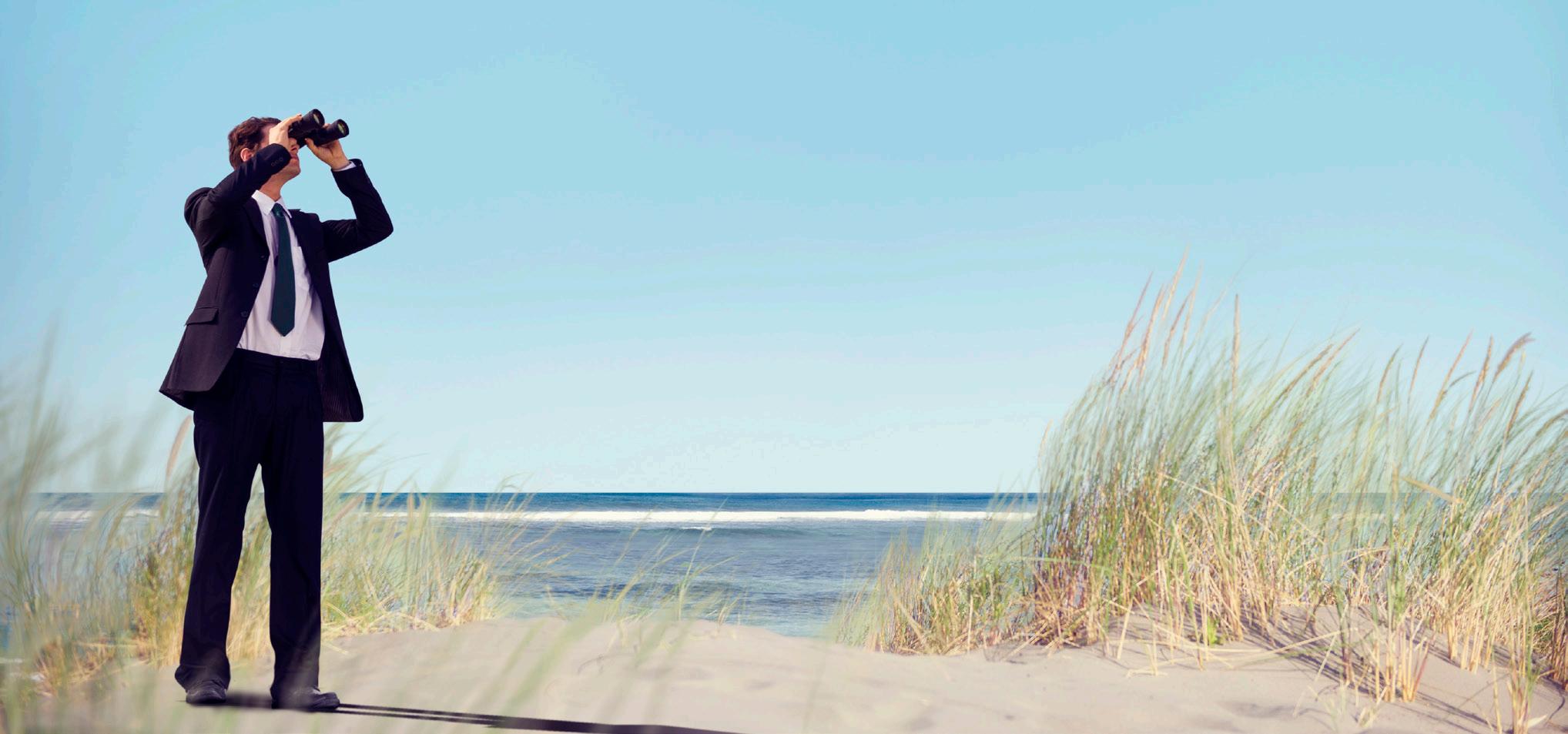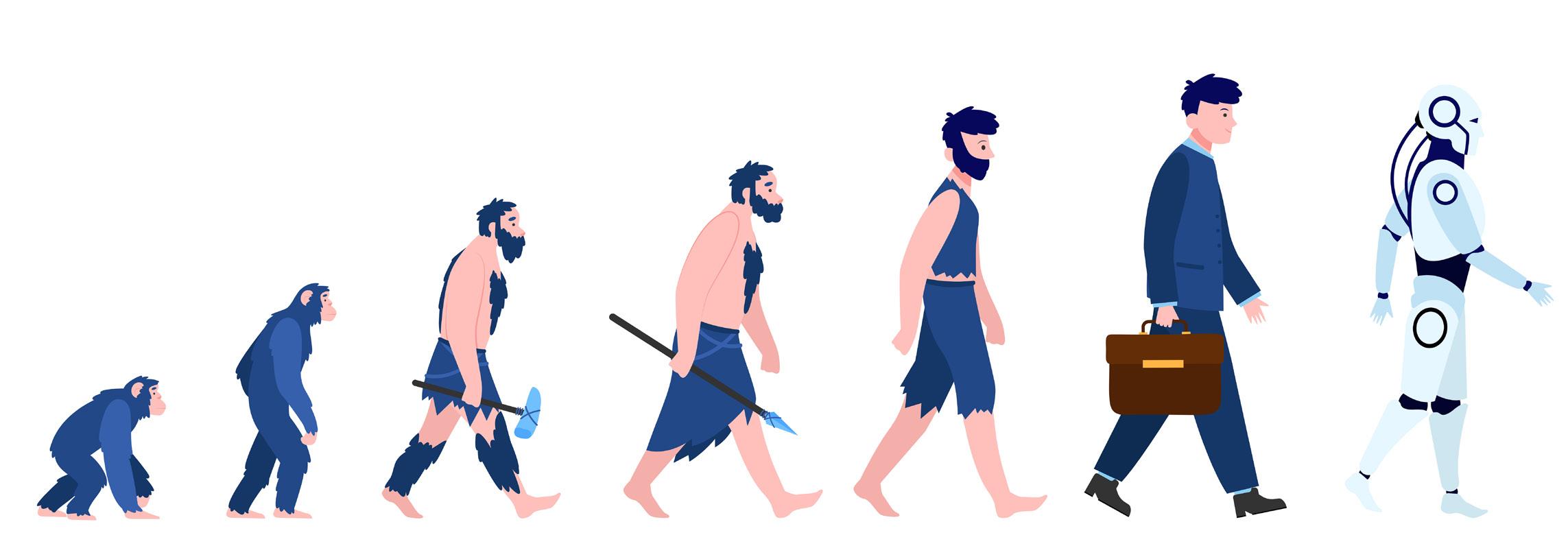
4 minute read
THREE BLACK SWANS
from PMG ThinkBook
by PMG Funds
STATE OF THE NATION
MANAGING DIRECTOR AND CHIEF ECONOMIST OF BAGRIE ECONOMICS CAMERON BAGRIE SHARES HIS VIEWS OF THE COVID-19 WORLD WE LIVE IN.
Advertisement

There is no point sugar-coating the obvious.
The world, New Zealand included, faces challenges like we have never seen. Difficult times deliver both challenge and opportunity. There are always two sides to the equation.
On some levels we shouldn’t be surprised. It happens every ten or so years. New Zealand, and the global economy, were due.
It’s one of the most uncertain environments I have ever seen.
We’ve been hit by three black swans.
Black swan #1 was COVID-19 — part one, disruption in China and the global supply chain. Getting stuff in and out became challenging.
Black swan #2 is COVID-19 — part two, a virus that has grown exponentially around the globe. We need to stop the spread. Countries that had contained the virus are now seeing a second wave.
Black swan #3 has been the policy response, which has been bigger than Ben-Hur. Central banks have cranked up the printing press and governments around the globe are piling on the debt.
We shouldn’t be surprised to see policymakers stepping up to the plate. But the scale of response has been so immense, many are wondering about the long-term consequences. We need the support but we also need market forces to play a role so zombie companies don’t become the norm.
Interest rates are now basically zero. The Reserve Bank has committed to keeping them low and is buying bonds to ensure this. We are engaging in what is called quantitative easing (QE). Banks have reduced deposit and mortgage lending rates. The Government is undertaking the biggest fiscal injection in our history.
Money is being put in people’s pockets to stem the negativity from job losses and hits to business income. The Government is backing banks via a business lending facility to make loans and keep the credit lines open. The Reserve Bank has relaxed rules the banks operate under to assist with the provision of liquidity and loans.
New Zealand entered this downturn with a strong fiscal position. Net debt for the Government was 21% of gross domestic product. It’s going a lot higher

and that will be a “tax” on subsequent generations. Making the banks safer in the past decade has meant we are now in position for banks to step up and put more liquidity into the economy.
The New Zealand dollar has fallen, though bounced up of late.
Aggressive steps dampened the depth of the downturn. The New Zealand economy has bounced over June and July. A degree of normalcy has returned with COVID-19 at bay — for now.
We need to be realistic about what the future may entail. The world continues to be ravaged by the virus. New Zealand looks like the place to be, but a weak global environment will impact our economy, as will continued border control. Housing may have bounced but unemployment continues to push higher.
That said, I’m not a believer in Chicken Little commentary. Yes, we have taken a hit and there is a real risk of a W shaped cycle, but the sky-is-fallingstyle assessments don’t help.
As a parent and investor, to me New Zealand looks pretty damn good. I’d rather be here than anywhere else. Investing is often about relativity not absolutes.
There will be opportunities out of this. A lot of people and businesses have been struggling to find good deals. As economic conditions shift, capital from these groups will be deployed at an appropriate price. The digital economy will flourish. Healthcare, too. New Zealand provides food. The world needs food. Witness supermarkets locally and imagine if you lived overseas. Well capitalised businesses could benefit. Highly leveraged ones will not.
In an environment of isolation, DIY has become a pastime (and learning experience). Gardening too.
For firms, it’s about market share rather than the market. The recovery, when it comes, will see you in a stronger market position. Quality counts.
Smart firms and individuals will take the time to learn and improve over the months ahead.
While predicting the future in the current environment is prone to huge variability, we should accept that there will be significant structural changes when we come out the other side. Life will not go back to 'normal'. That’s what happens after major events. Smart firms will look to leverage off what these changes could be.
Do we have a benchmark for the path ahead? I don’t think so. This is a health crisis with severe economic consequences. It’s uncharted territory.
We went in hard during the Global Financial Crisis in 2008/09 but the economy, in general, came out the other side as asset prices bounced on lower interest rates. But it took some sectors, such as international tourism, six years to recover.
This event is worse than 1987-1991 in terms of the up-front hit, but we know from that episode that it took a long time for the full extent of economic problems to ultimately materialise. Brace for some dead cat bounces but a long slog.
That’s an exciting market, not a boring one. For long-term investors, that’s an environment where you could get, and execute on, the best deals. But it’s about being patient and focusing on the long term because the biggest certainty is uncertainty.
While Bagrie Economics uses all reasonable endeavours in producing reports to ensure the information is as accurate as practicable, Bagrie Economics shall not be liable for any loss or damage sustained by any person relying on such work, whatever the cause of such loss or damage. The content does not constitute advice.









